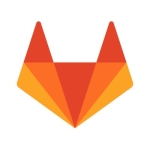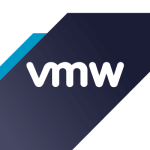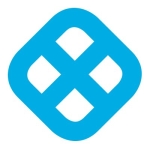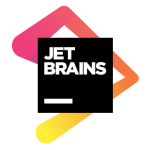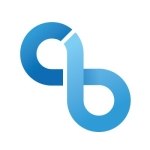We use Tekton for CI/CD automation, continuous integration, continuous deployment, and general-purpose automation.
The platform's most valuable features are the cloud-native approach and atomicity. Unlike other monolithic solutions, it is early in adopting a cloud-native platform for CI/CD, which enhances scalability. Additionally, its ability to operate at a granular level allows us to create small automation jobs and combine them into larger tasks, making it very useful.
One project involved automating our deployment processes across multiple environments. By leveraging the solution, we reduced deployment times significantly and increased reliability, allowing for more frequent releases and improved overall productivity.
The product's scalability can be challenging when multiple users access it simultaneously. We have seen some resource crunches, typical for any product supporting a large user base.
One of the main challenges has been managing complex pipeline dependencies. As the scale of our projects, ensuring that all dependencies are correctly defined and executed in the right order can become cumbersome.
Integration is an area where it lags compared to other CI/CD tools like Jenkins, which has a rich plugin ecosystem. It lacks sufficient vendor support for plugins, requiring users to write their integration scripts, which is less convenient.
Enhancements in documentation and user onboarding would be beneficial. Clearer guides and tutorials could help reduce new users' learning curves and facilitate smoother integration with existing workflows.
The support team is knowledgeable and responsive when resolving issues, though improvements in onboarding and documentation could further enhance the overall experience.
The initial setup was somewhat complex, requiring a thorough understanding of Tekton's structure. Once configured, it provided a flexible and scalable solution for our CI/CD needs.
We implemented the product with the help of our in-house team.
We evaluated other CI/CD tools before choosing Tekton. Tekton's flexibility and cloud-native approach were key factors in switching.
The platform's custom tasks feature allows organizations to create standardized team tasks. It enables enterprises to build a flexible framework atop Tekton, making it easier to define workflows with standard inputs and outputs.
It does not differentiate between continuous integration and deployment, offering a unified framework. It provides tooling to run code that builds or deploys applications, allowing for flexible task configurations and parallel processing.
We manage version control through Git repositories, where we store our Tekton pipeline definitions. It allows us to track changes and revert to previous versions, maintaining a robust versioning system for our CI/CD processes.
It has the potential to be a long-term solution due to its scalability and flexibility. However, continuous improvements in user experience and community support will be key factors in its sustained adoption within our organization.
Security is managed through role-based access controls (RBAC) and secret management features. We ensure that sensitive information, such as API keys, is stored securely and that only authorized users can access critical pipeline functions.
Overall, I rate it a six out of ten.





